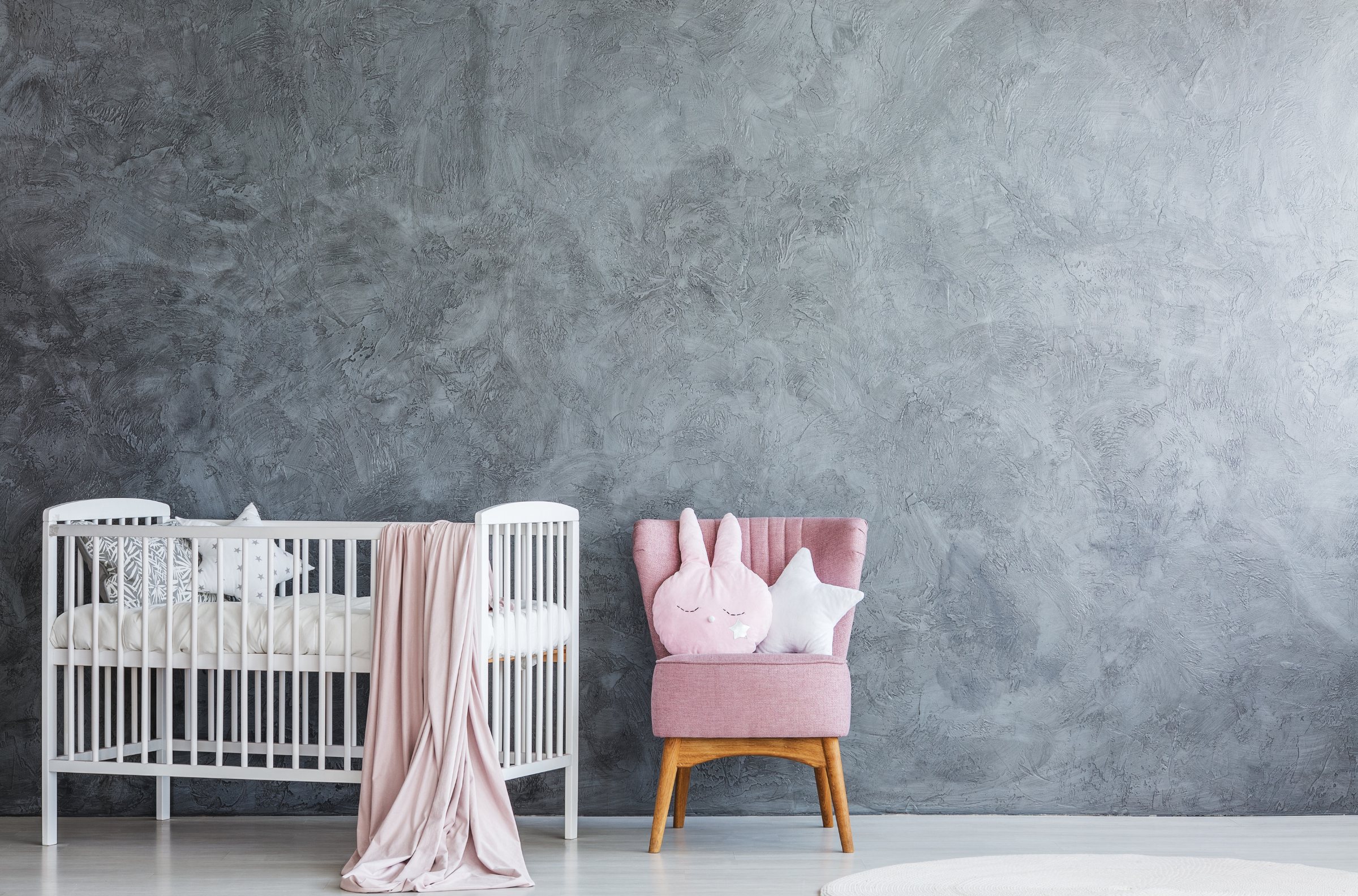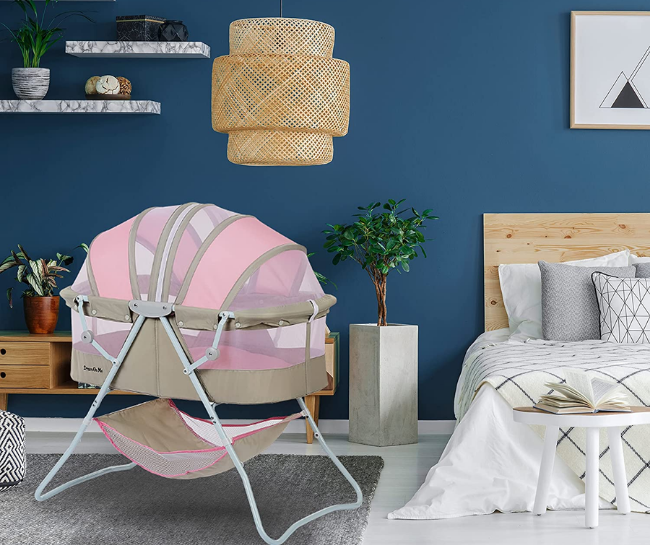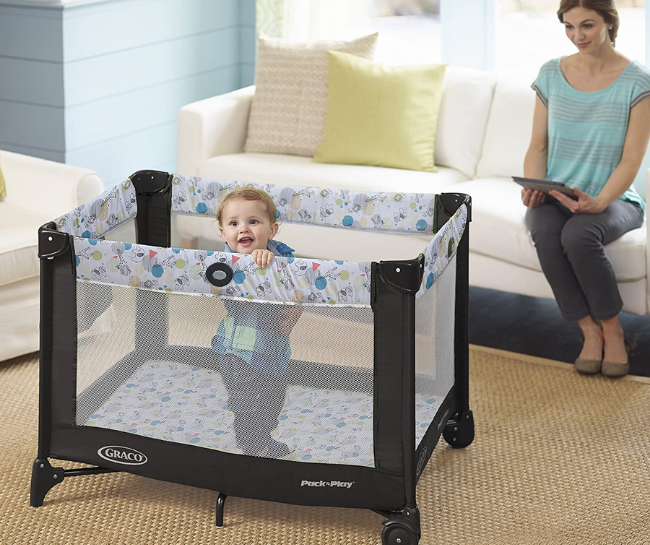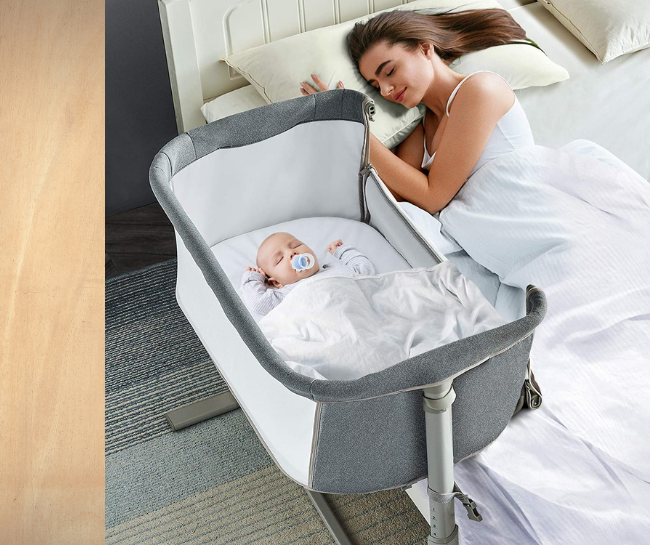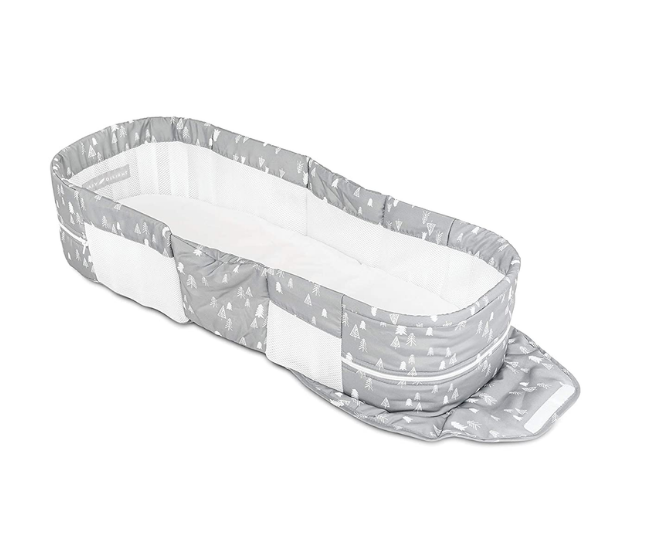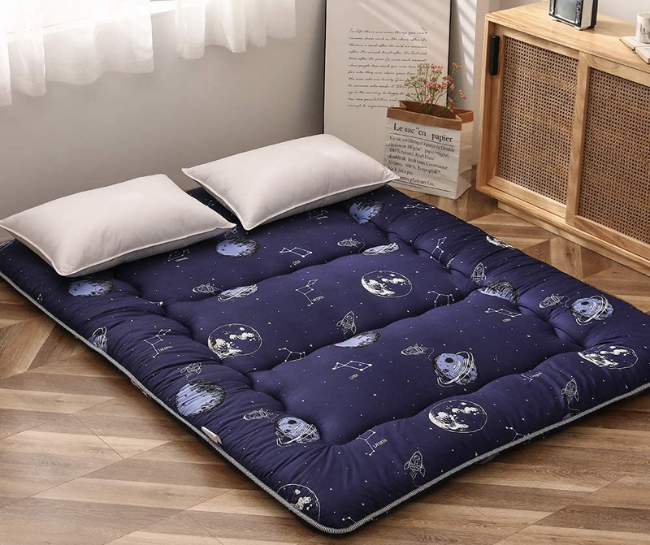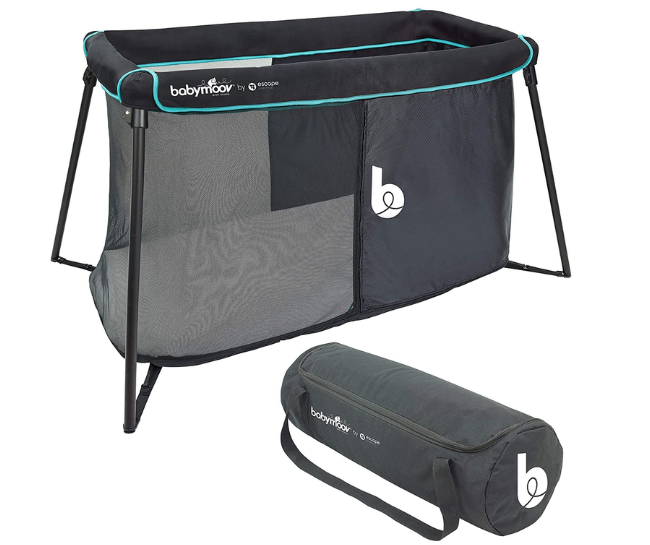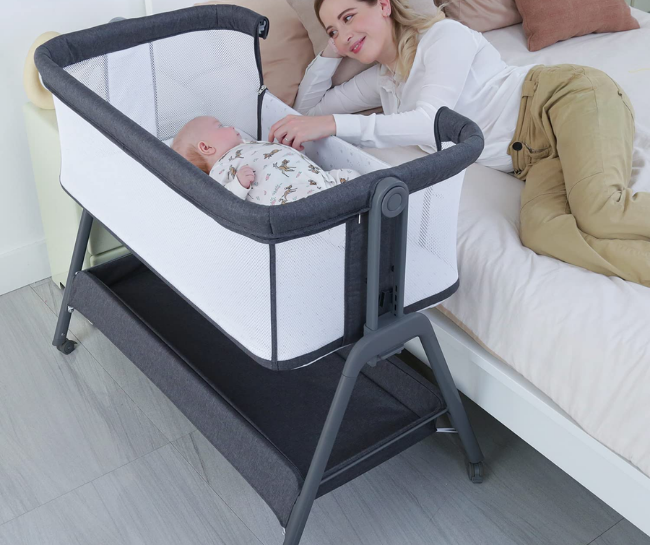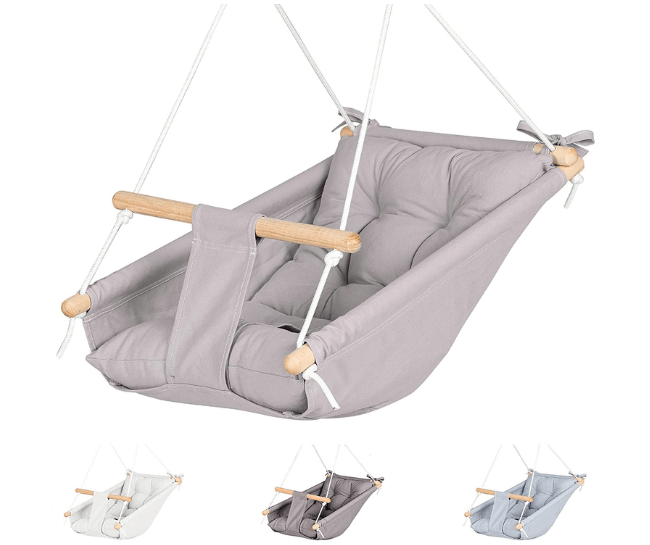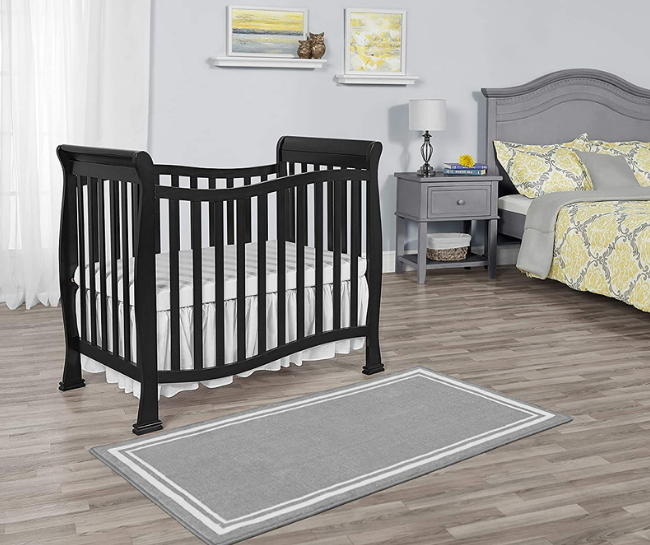Cribs are one of the most costly and most significant things on the list of baby necessities. Their size and price may not be practical, particularly for families living in small spaces with a tight budget.
So, are you short on space? No worries. There are many safe crib alternatives for small spaces where your baby can sleep comfortably.
At what age should a baby sleep in a crib
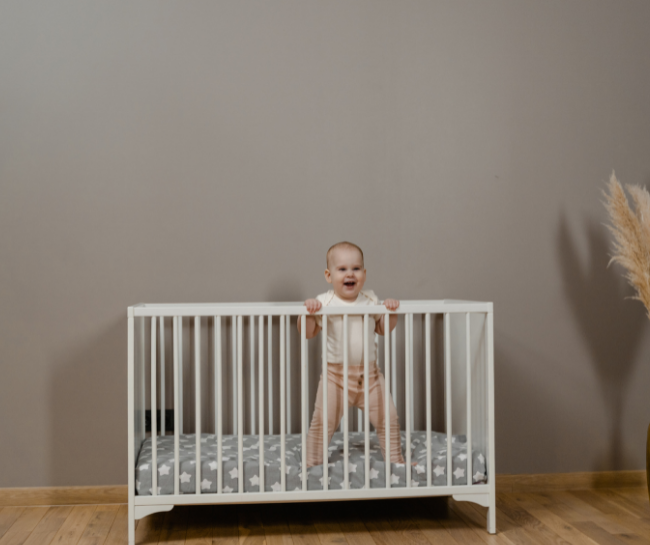
It would be best to decide whether the time is suitable for the transition. During the first several months, babies develop rapidly with growth spurts. Most babies begin sleeping in their crib between the ages of 3 and 6 months.
Moreover, if your baby is still sleeping comfortably in the bassinet, it may not be necessary to move the baby to a crib right away.
💡 Make sure your baby’s furniture is non toxic, and ensure your baby’s crib meets new CPSC standards and has fixed sides.
Is a baby crib really necessary
Unlike adults, babies do not have a preference for where they want to sleep, which is an excellent thing! Consequently, you must select where your child may sleep securely as a parent.
A traditional crib is great to have in a nursery if space allows, but it isn’t required for the baby’s comfort and safety. Numerous crib alternatives are portable, affordable, and safer.
Crib alternatives for small spaces
Now that you’ve decided to skip the crib for good, here are the ten best crib alternatives for small spaces.
- Bassinets
A bassinet or cradle is one of the popular crib alternatives for small spaces. Within the first few months of your newborn’s life, this will offer them a safe, tiny room to relax.
PROS
- Safe for babies up to 4 months
- Has various affordable choices
- Easy to set up.
- The portability of each model differs.
- Some are so lightweight
- Others have heavy bases that limit movement.
- Some have wheels and storage in the bottom, music and a mesh hood.
CONS
- Older, mobile infants are not safe.
- Children will swiftly outgrow it.
- You may use it for a few months or until your child grows or becomes more mobile.
- Baby box
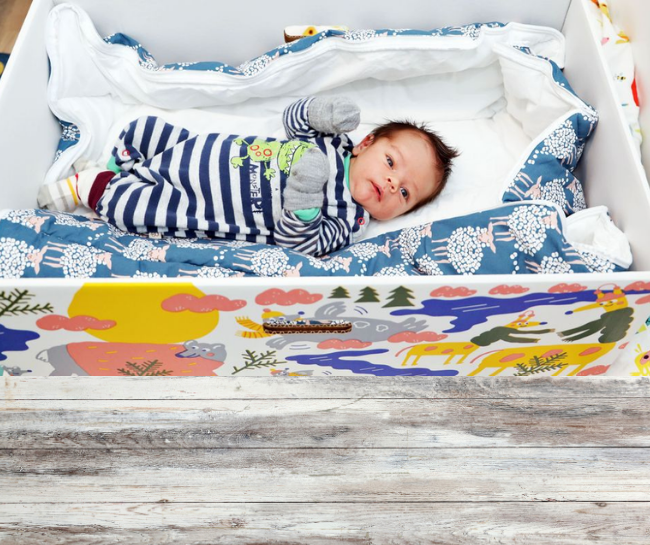
A baby box is a simple cardboard box adapted to make a baby bed. A budget-friendly solution provides a secure and comfy resting environment for your kid.
PROS
- It is the cheapest crib alternative since all you need is a cardboard box and a mattress.
- A secure sleeping environment prevents SIDS.
- When your baby outgrows the box, you may store it.
CONS
- It’s not the comfiest option for your baby.
- Pack ‘n play portable playard
When your child needs a place to sleep or play right away, there is no better option than a Pack n’ Play Playard. This infant play yard features a sturdy structure that makes it ideal for travel. Your child will experience lovely sleep and comfortable surroundings, whether at home or away.
PROS
- It might last from 2 to 3 years. They can still sleep there if they want to.
- Stronger than a standard travel crib
- Some are cheaper than a convertible crib.
- Some have wheels, making them portable.
- Storage in a storeroom, car, or closet
- Can convert as a playpen
- Mesh sides allow you to see your kid and are safer than padding.
CONS
- Some appear to take up room like a traditional crib, so choose one small enough for your needs.
- More bulky and heavy than a travel crib
- Some liners cannot be removed for cleaning.
- Uncomfortable for your infant due to thinner mattress
💡 Correct assembly of the crib is a must. Always follow the manufacturer’s instructions, and regularly check the crib for loose, missing or broken parts.
- Infant sleeper
Infant sleepers are an excellent way to keep your infants in a limited space on your bed without having to worry about turning over on them.
PROS
- Machine washable
- Made with 100% GOTS certified organic cotton
- Cheaper than crib
- Your baby can sleep in a warm and comfy environment.
CONS
- It takes up a space in a bed
- It only lasts 3-4 month
- Polyester fiber filled
- Snuggle nest
Snuggle nests are crib alternatives for small spaces that may be used until your baby learns to crawl. Besides the small sleeping area, some versions also play calming music.
PROS
- A little sleeping area soothes your baby.
- Buying a snuggle nest is a great way to start co-sleeping.
- Your infant is safe as long as you follow the safety recommendations.
- Some models provide calming lights and sounds for your baby.
- Snuggle nests are lovely for travelers and friends. A portable infant bed is easy to move and foldable.
- Relatively cheap co-sleepers
CONS
- You cannot use it for a longer time.
- Floor bed
A floor bed helps your baby develop independence early on. The floor bed is merely a mattress on the floor. Thus, there is no barrier for infants to get out.
PROS
- Great for early baby independence training
- One mattress will last you forever
- Affordable option
CONS
- The floor bed may be too exposed for a newborn.
- It may be able to roll out of bed.
- Travel cribs
A travel crib is a portable, foldable, lightweight crib that often serves as a play yard. Travel cribs are ideal for a variety of settings, from a sleepover at a grandparent’s home to your small hotel room. Travel cribs are secure, and many of them can grow with your baby.
PROS
- Lightweight
- Side zipper for easy access
- Full mesh sides for ventilation
- It may be used as a bag or a backpack for traveling.
CONS
- Mattress pad too thin
- Bedside sleeper
For the first six months, bedside sleepers or co-sleepers are ideal. Also, one side is frequently lower, allowing babies easier nighttime feeding.
PROS
- It is a good baby bed for co-sleeping. Your baby sleeps next to you, but the huge bed is reserved for parents (and perhaps the family toddler who didn’t get the memo).
- Best bedside sleepers may be adjusted in height, making them ideal for C-section recovery or back problems.
- This crib alternative is great for breastfeeding mothers since you don’t have to get up throughout the night.
- Your baby will love the small sleeping area.
CONS
- The best sleepers aren’t cheap. Also, every six months, your child needs a new bed, which costs money.
💡 Place cribs away from windows and window covering cords and away from baby monitor cords.
- Hammock
Babies sleep in hammocks throughout the globe. The idea is that rocking soothes babies and helps them sleep.
PROS
- Unlike many crib alternatives, hammocks may be used for a long time (up to twelve months)
- Your baby sleeps in a quiet area, and the rocking may help her sleep.
CONS
- Are relatively expensive
- They may not be safe crib alternatives. We all know that newborns should sleep flat (up to a 10-degree angle is allowed). This condition is not satisfied if your hammock is overly soft, causing breathing issues.
- Mini cribs
As their name implies, Mini cribs are smaller versions of regular cribs—an excellent idea for saving room while receiving an excellent baby bed for your infant.
PROS
- They are easily portable and lightweight.
- Best for small spaces.
CONS
- Your baby will outgrow it sooner than expected.
- Due to their different sizes, finding the right-sized mattress for a small crib might be difficult.
Check this out ! 13 Beds For Small Rooms Ideas for 2022
Don’t forget to leave a comment and read our latest blogs!

